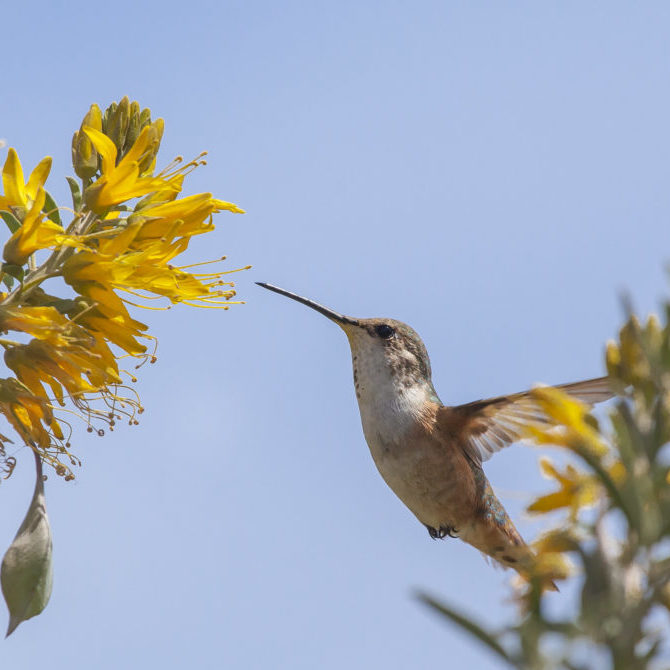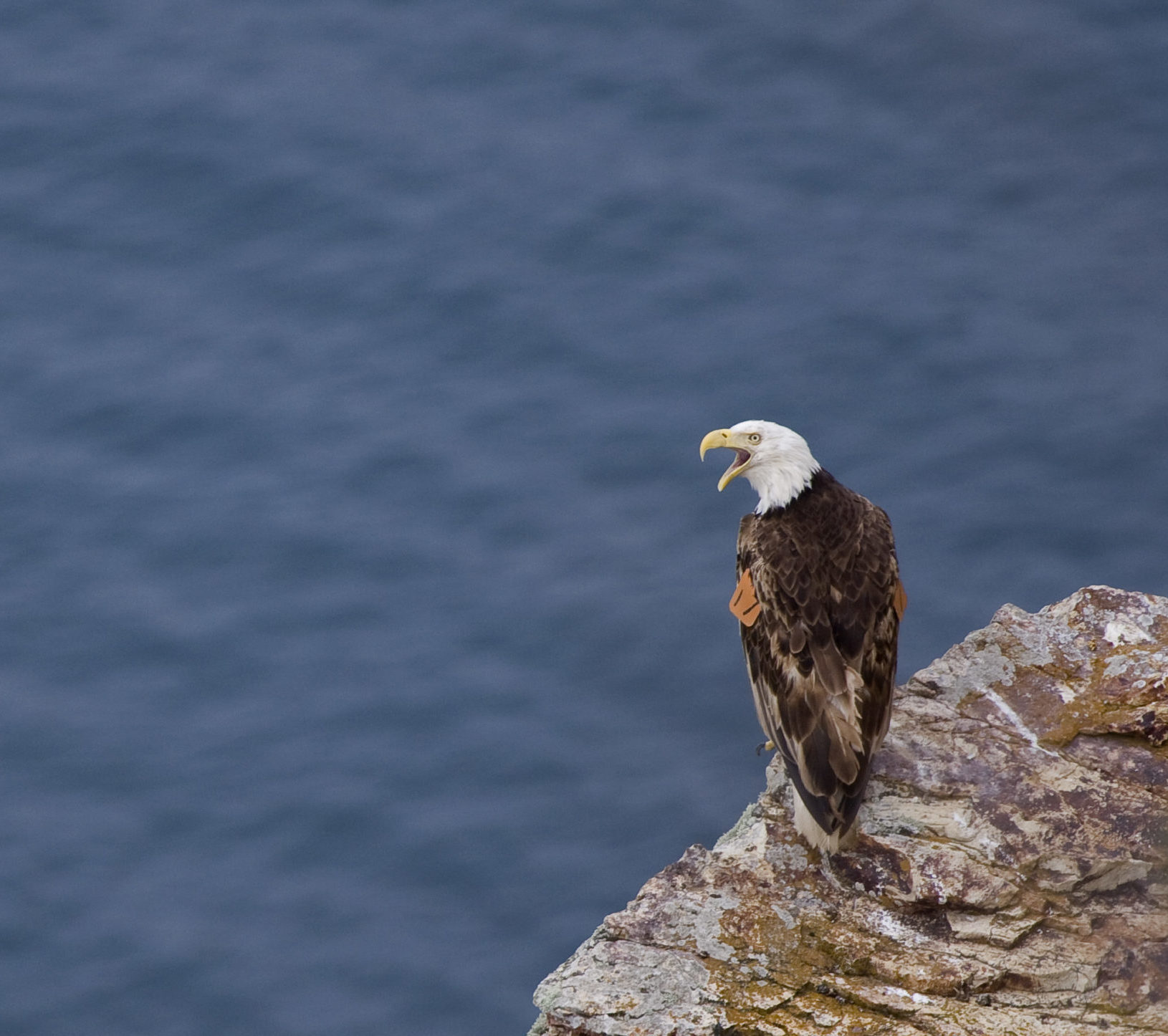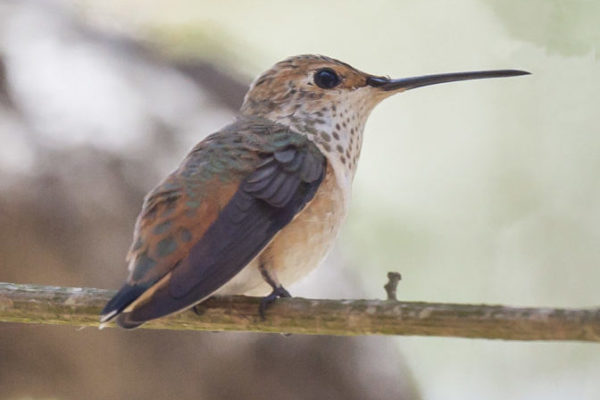CONSERVATION - WILDLIFE PROGRAMS
Land Bird Monitoring
Background
Land birds (tree-dwelling birds, perching birds, raptors, and ground-feeding birds) spend most of their life in terrestrial habitats. Depending on the species, these birds will either migrate or stay year-round on the island. The Conservancy conducts numerous surveys throughout the year to monitor avian diversity and populations trends on the island.

Jack Baldelli

Land Birds
Why Do We Care?
Land birds are a very diverse group of birds and as such have a large impact on the surrounding environment. With over 300 species on Catalina Island, they provide many ecosystem services including reducing insect populations, spreading seeds, fruits, and pollen, and are a food resource for larger animals.
What Do We Do?
USGS Breeding Bird survey

The Breeding Bird Survey (BBS) is an annual effort throughout the USA and Canada in which observers, skilled in avian identification, count every bird they see or hear along a designated route. These observations are used to help determine which species are present during the breeding season. The Santa Catalina Island route was first conducted in 1988 until 1997 then after a brief hiatus, the survey was reinstated in 2012. Since the inception of Catalina’s BBS, 10 species endemic to Catalina or the Channel Islands have been detected including the Catalina’s endemic Bewick’s wren, Hutton’s vireo, and Spotted Towhee. Yearly completion of Catalina’s BBS route serves to connect the Catalina Island Conservancy’s conservation efforts with all of North America, as well as provide some consistent information on common birds found on island during the breeding season.
Christmas Bird Count[MH1] - Collaboration with the Education Department

The Christmas Bird Count (CBC) is the oldest known North American bird survey and compiles population trends on wintering birds. Similar to the BBS, birders are given 24 hours (midnight to midnight) to document as many individual birds as possible. Unlike the BBS, instead of a fixed route this survey can be tailored to accomplish the Conservancy’s goals as long as the observations are within the study unit (also known as a CBC circle). Almost all of Catalina Island is included in the study unit giving the Conservancy a lot of flexibility in how we survey. The CBC also relies on a great number of volunteers. On Catalina annual participation ranges from 11 to 39 participants each year.
Land Bird Monitoring Survey

In June 1999, the Catalina Island Conservancy initiated a land bird monitoring program to study the abundance, habitat use, and population trends of bird species occurring across the island. Researchers counted all the birds they heard or saw at 80 locations in the spring and fall, and within the first 4 years 75 species were counted. Catalina Island and Channel Islands endemics such as the Catalina California Quail (Callipepla californica catalinensis), House Finch (Carpodacus mexicanus clementis), Bewick’s Wren (Thryomanes bewickii catalinae), Orange-crowned Warbler (Vermivora celata sordida) and Spotted Towhee (Pipilo maculates clementae) were among the most abundant species encountered during the surveys. Biologists also recorded habitat use of birds and observed most species in island chaparral and scrub oak habitats. This program continued through 2008 and was restarted in 2022.
